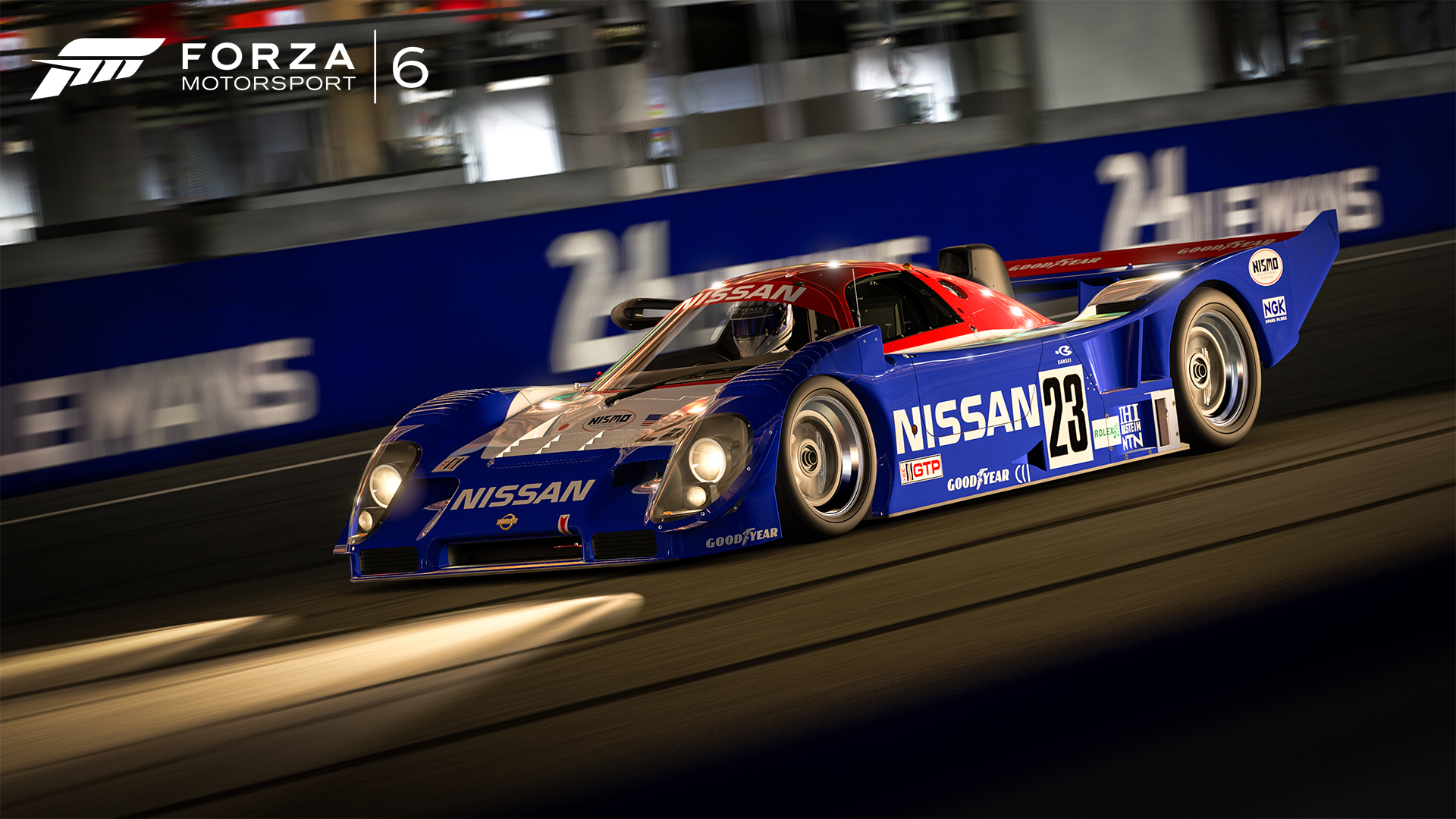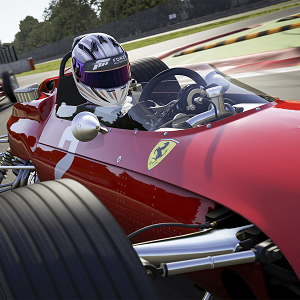
Forza Motorsport 6 Heats Up with the Turn 10 Summer Car Pack
The Turn 10 Summer Car Pack for Forza Motorsport 6 has arrived! Whether you’re looking to recreate the legends of motorsport’s past, or you want to create your own legend online in Forza Motorsport 6, this pack has something for everyone.
First up, we have four stunning racers, three of which were driven by racing legends: John Surtees’ Ferrari F-158 F1, A.J. Foyt’s Watson #1 Sheraton-Thompson Special Roadster and Paul Newman’s Datsun #33 Bob Sharp Racing 280ZX Turbo. Of course, cars don’t need to have race liveries to be terrifyingly fast, as the monstrous 2016 Cadillac CTS-V Sedan amply demonstrates. And if you value speed over size, you can head straight to the 2016 Abarth 695 Biposto, a car that belies its diminutive stature with some truly striking performance.
The cars of the Turn 10 Summer Car Pack are available to download today as a pack for $7 or for individual purchase.
Let’s take a closer look at all the cars in the pack.
2016 Cadillac CTS-V Sedan
What do you get when you combine the power of the Corvette Z06 with the best chassis and suspension Cadillac has ever developed? You guessed it: the CTS-V Sedan. Designed to compete with the German powerhouses in the super sedan category, the CTS-V is drop dead gorgeous and smokes the competition as easily as it does its own tires. Inside and out, the CTS-V is fitted with the luxury and prestige you expect from a Cadillac. Hop in and test this ride against anything in its class, and you will be astounded by the power, sound and adroit handling. Simply put, this ain’t your grandfather’s Caddy… unless your grandfather happens to be Mario Andretti.

2000 BMW 323ti Sport
No, this isn’t somebody’s hack job on an E36 BMW; it is the one of the few true hot hatches BMW has ever built. With a spirited motor capable of nearly 200 hp, as well as trailing arm suspension, the 323ti (Tourismo Internaciaonale, which harkens back to the famous BMW 2002 ti) this shortened 3-series can get as tail happy as you like while still maintaining its poise. Underneath is the E36 chassis, the backbone that has made this model legendary in all forms of motorsport, from drifting to touring car racing. So, make this limited-edition model your next club racer or go-to drifter. It’s a well-rounded package that won’t come up short.
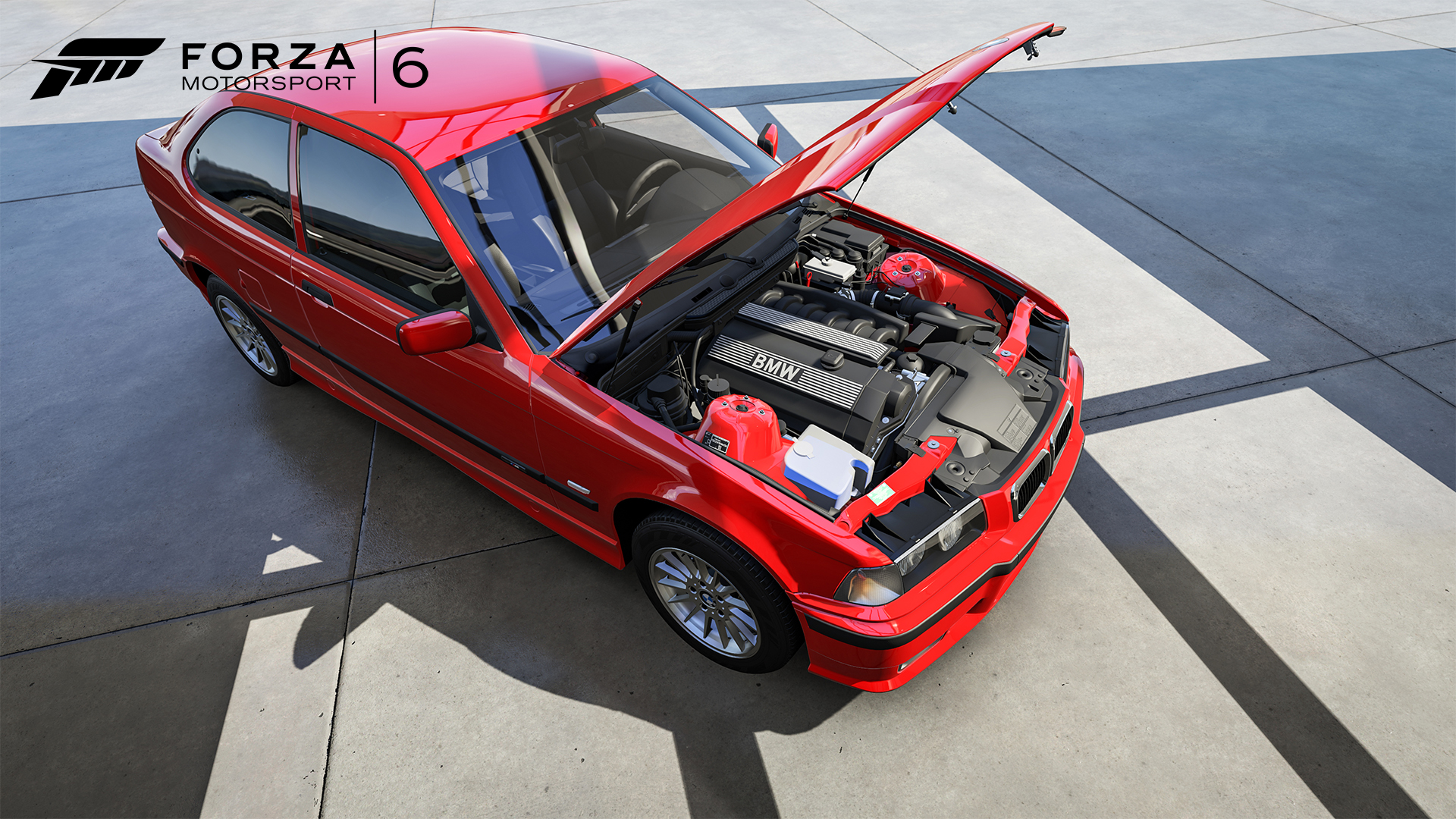
1979 Datsun #33 Bob Sharp Racing 280ZX Turbo
Paul Newman had a racing career that was nearly as extensive as his film career. In 1979, when he won the SCCA C-Production Championship, he said that victory was “better than the Oscars.” It doesn’t take an expert to notice that this 280ZX, which Newman drove in the IMSA GTX series for Bob Sharp Racing, is a radical departure from the production version. It is in fact a bespoke racecar that took advantage of every rule (or lack thereof) in the book. It’s tube frame chassis supports a massive wide-body that extends the rear-end far beyond the car’s standard dimensions. The result is amazing downforce to help maintain grip when the massive turbo-charged motor spools up. Newman was not known to be a spectacular driver, but he was renowned for his disciplined car control and unrelenting focus. Those are two things that are keys to reeling in this historic racecar.
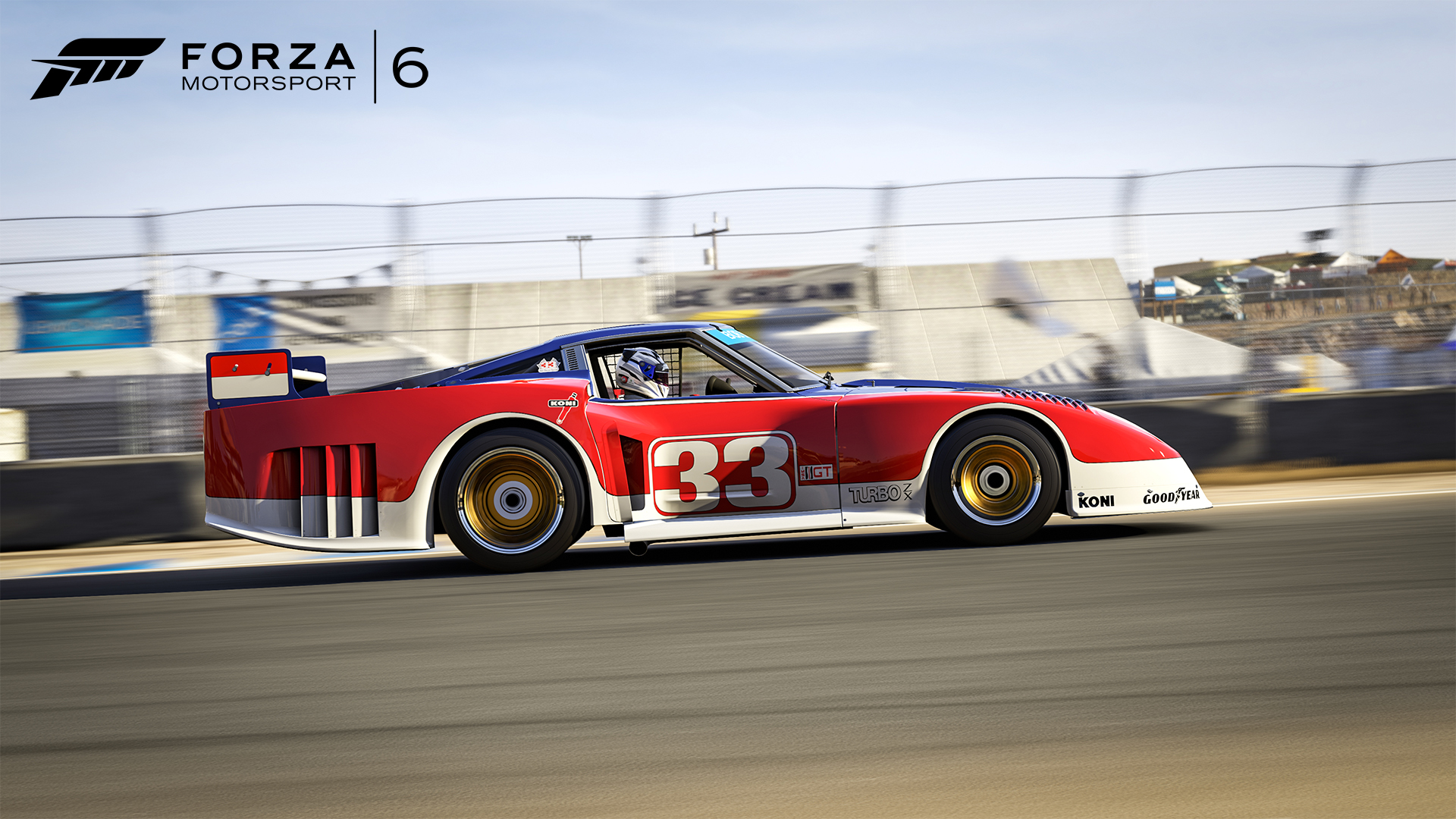
1964 Ferrari F-158 F1
In 1964, and with aid of a new V8 engine, John Surtees would take Ferrari to victory in the Formula One Championship driving this soon-to-be classic. It was a tumultuous year for Ferrari as Enzo Ferrari battled both the FIA and Italy’s ACI governing bodies over GT racing homologation issues. The end result had the Ferrari boss claiming he would never again race in the Italian national color of toro rosso (red). In his fury, Ferrari handed in his competitor’s license and backed the North American Racing Team (NART), operated by Luigi Chinetti. For driver Surtees, little changed except that he would race his 158 -F1 in blue and white rather than red. Surtees would finish second at Watkins Glen and second at the season-finale in Mexico. Combined with his two wins and the rest of the season, it was enough to clinch the championship.

1964 Watson #1 Sheraton-Thompson Special Roadster
Now in his eighties, A.J. Foyt is one of the most legendary drivers of all times. In 1964, he was just 30 years old and in his prime. It was the end of an era, the last year when front-engined racers would dominate the surfaces of the famed Indianapolis Motor Speedway. It was also one of Foyt’s most amazing years in racing and possibly one of greatest in motorsport history. Behind the wheel of the Watson #1 Sheraton-Thompson Roadster he would win the first seven races of the season, 10 out of 13 total, including the Indy 500. The car was a reworked version of the car that finished 17 minutes behind Parnelli Jones in 1963 at Indy. As “the master mechanic of Indy-car racing,” George Bignotti is credited with the redesign that contributed to Foyt’s dominant season. To say Foyt took front-engined cars out at their peak would be an understatement. Despite his accomplishments, the age of rear-engined racers had arrived.
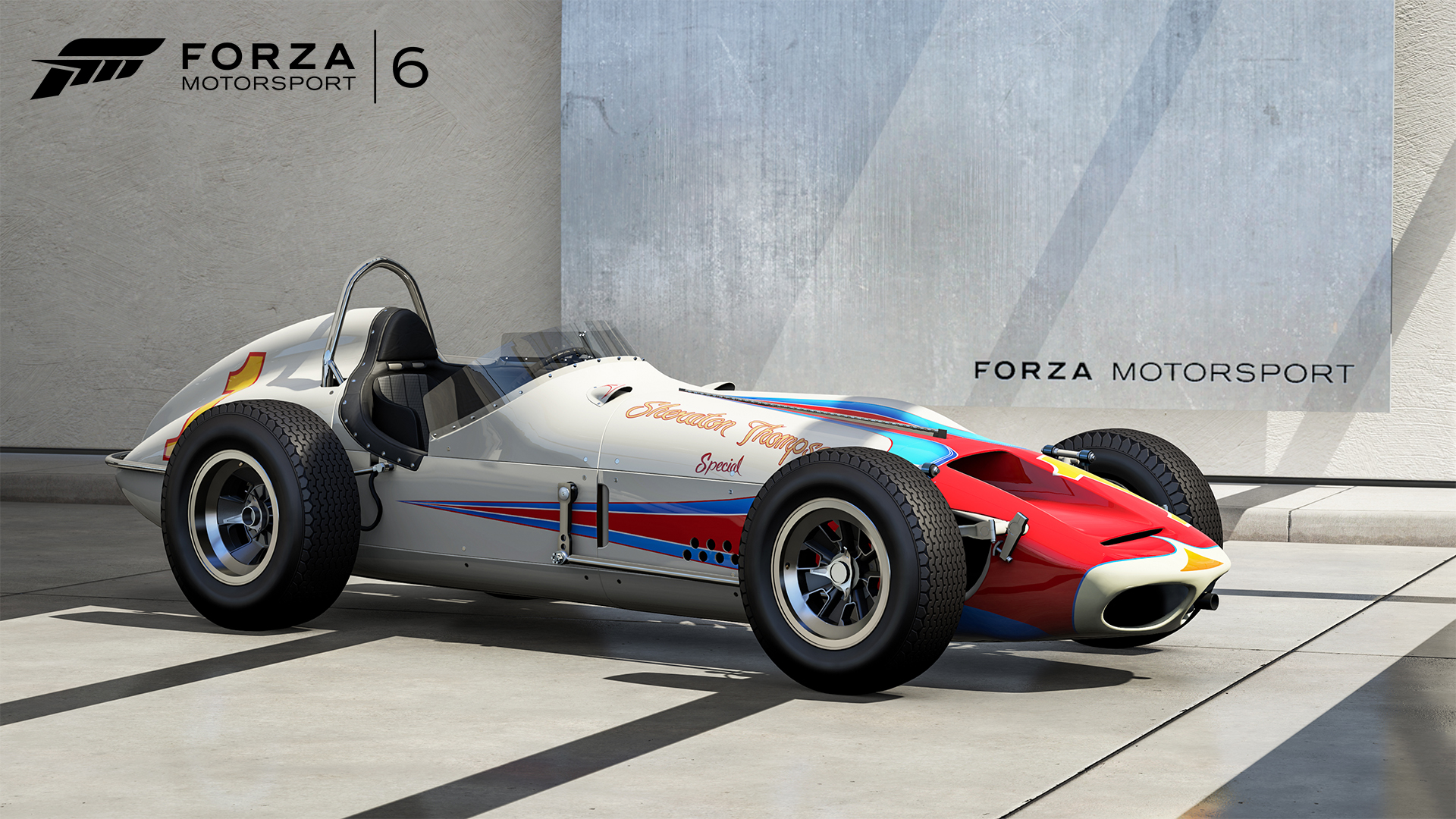
2016 Abarth 695 Biposto
In case you don’t speak Italian, “Biposto” means two-seater. In terms of this micro-sized hot hatch, two-seater means more fun than might be legal. That’s why Abarth – pronounced ‘Ah-Bart’ – calls the 695 Biposto an entry-level track day car. Celebrating 50 years since the introduction of the immensely popular Abarth 695, the Biposto comes with features than make it a screaming-fast pocket rocket with handling that rivals sports cars twice its price. All the upgrades come from the most preferred brands in performance, including Akrapovic exhaust, Brembo brakes, OZ wheels, Garrett turbo and more. These components and the tuning result in a car that is far from its diminutive daily-driving cousins with a backseat and thrilling driving experience that is anything but small.
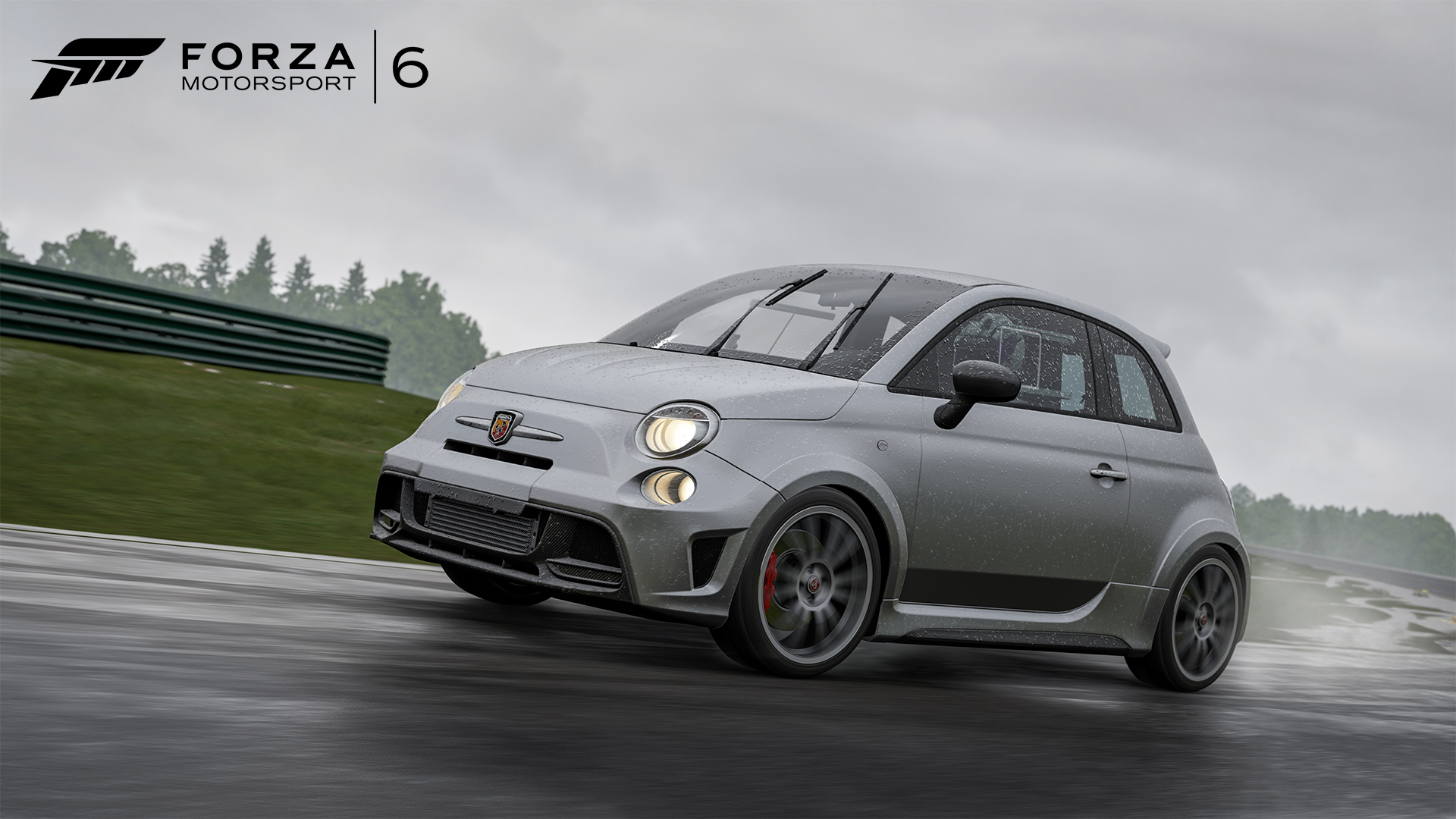
1991 Nissan #23 Nissan R91CP
This Group C racer marks the height of performance for the prototypes of the era just before their demise as a class. Nissan and performance division NISMO had been racing similar models since 1985, but the R91CP perfected the formula. The R91CP was the first Japanese car to take the overall win at the 24 Hours of Daytona. Drivers Kazuyoshi Hoshino and Toshio Suzuki won that race with a 10-lap margin and set a yet-unbeaten record of 762 laps in the process. 1992 would be the last real year for the Group C cars, but Nissan would go out on top, winning the last three years of the constructor’s cup and the driver’s cup the final year.
